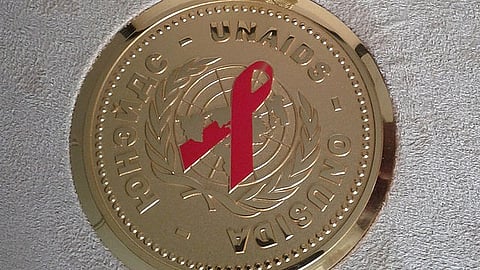

GENEVA — It is possible to end AIDS by 2030 if countries demonstrate the political will to invest in prevention and treatment and adopt non-discriminatory laws, the United Nations said on Thursday.
In 2022, an estimated 39 million people around the world were living with HIV, according to UNAIDS, the United Nations AIDS program. HIV can progress to AIDS if left untreated.
We have a solution if we follow the leadership of countries that have forged strong political commitment to put people first and invest in evidence-based HIV prevention and treatment programs,
UNAIDS
It said an effective response to HIV also meant adopting non-discriminatory laws and empowering community networks, among other initiatives. People living with HIV or AIDS in many countries face stigma, discrimination and violence.
"Progress has been strongest in the countries and regions that have the most financial investments, such as in eastern and southern Africa, where new HIV infections have been reduced by 57% since 2010," the report said.
It added, however, that there has been a steep increase in new infections in eastern Europe and central Asia, as well as in the Middle East and North Africa.
"These trends are due primarily to a lack of HIV prevention services for marginalized and key populations and the barriers posed by punitive laws and social discrimination," it said.
Last year, 1.3 million people became newly infected with HIV and 630,000 died from AIDS-related illnesses, according to UNAIDS. (VOA/RN)
